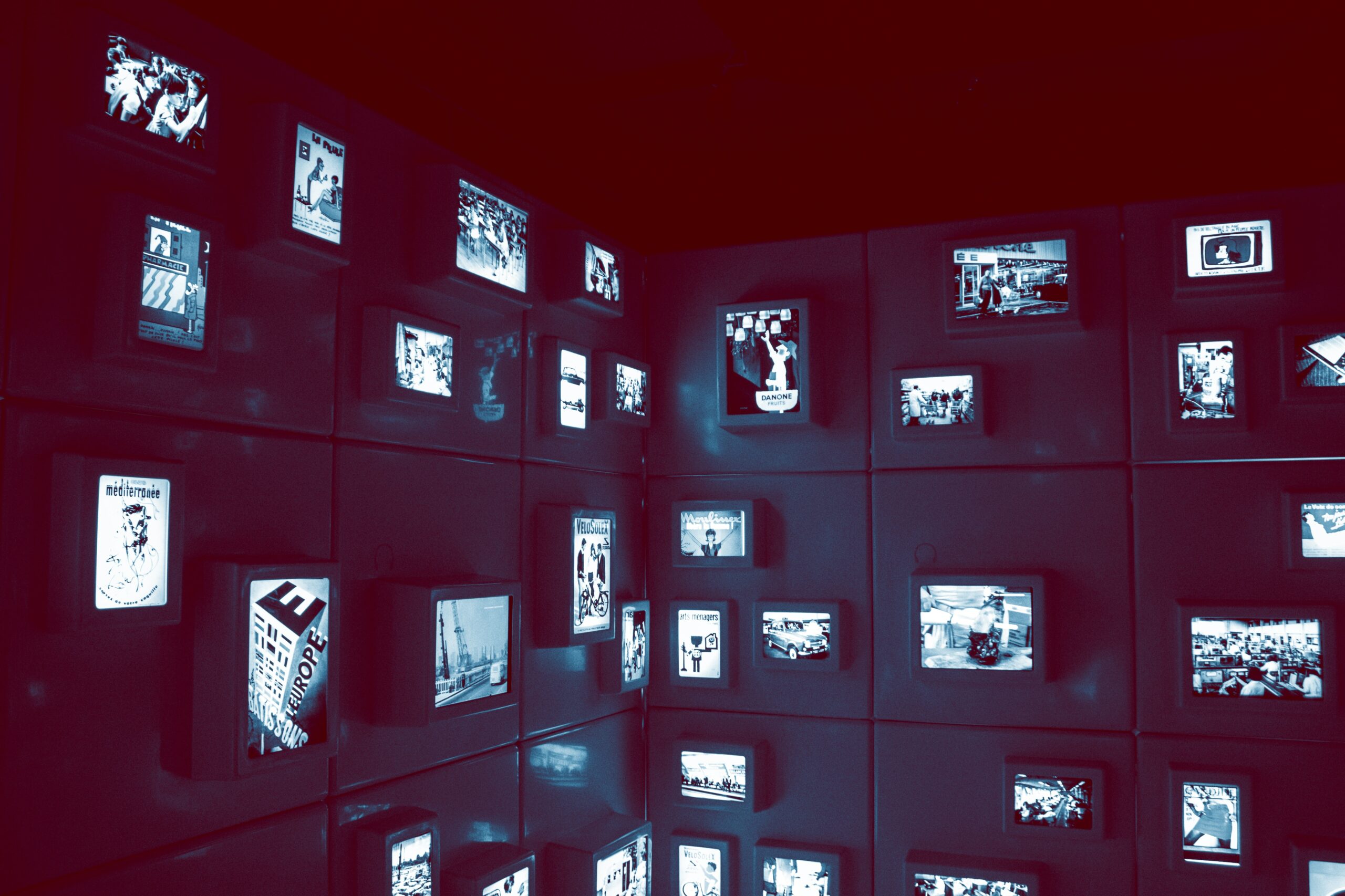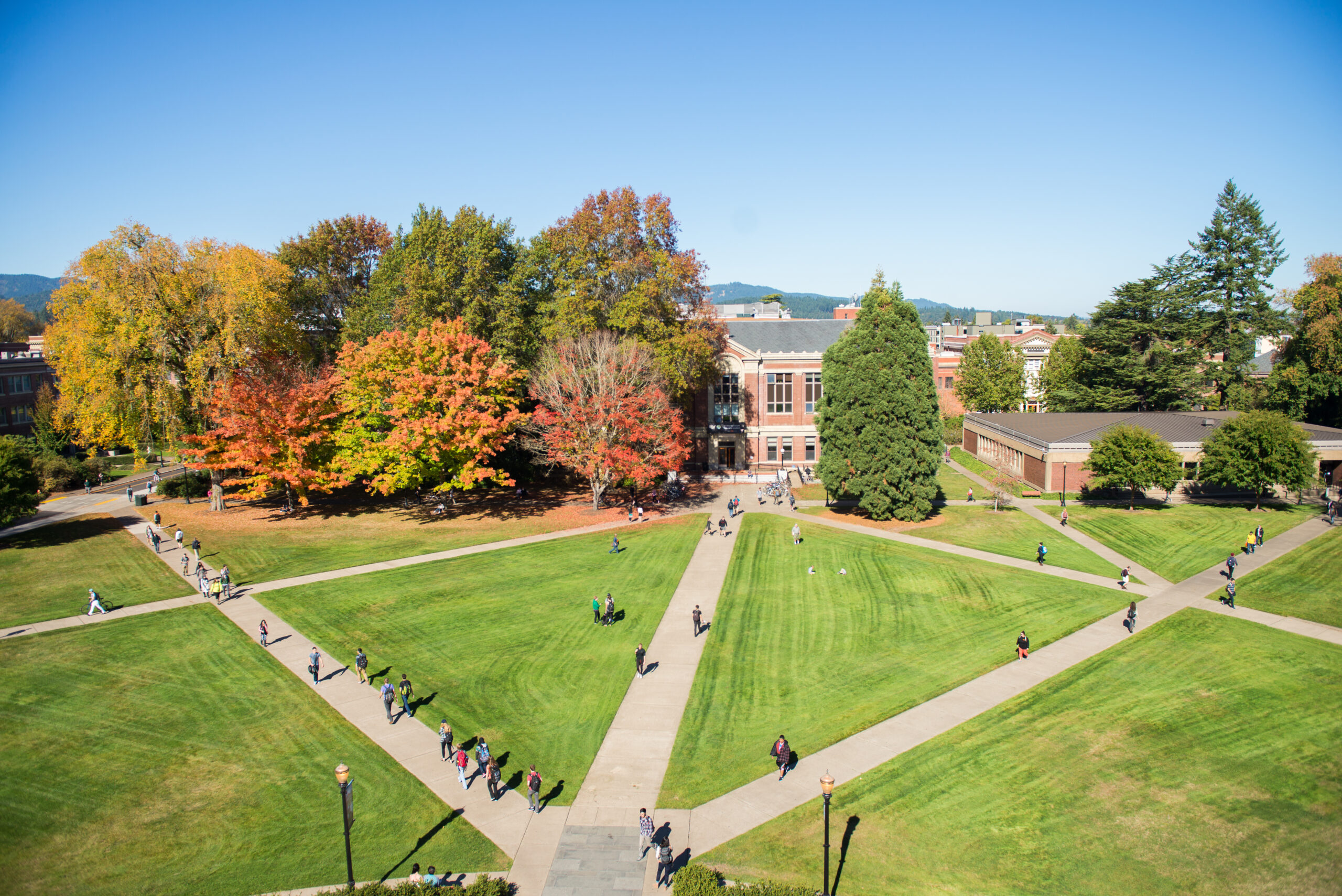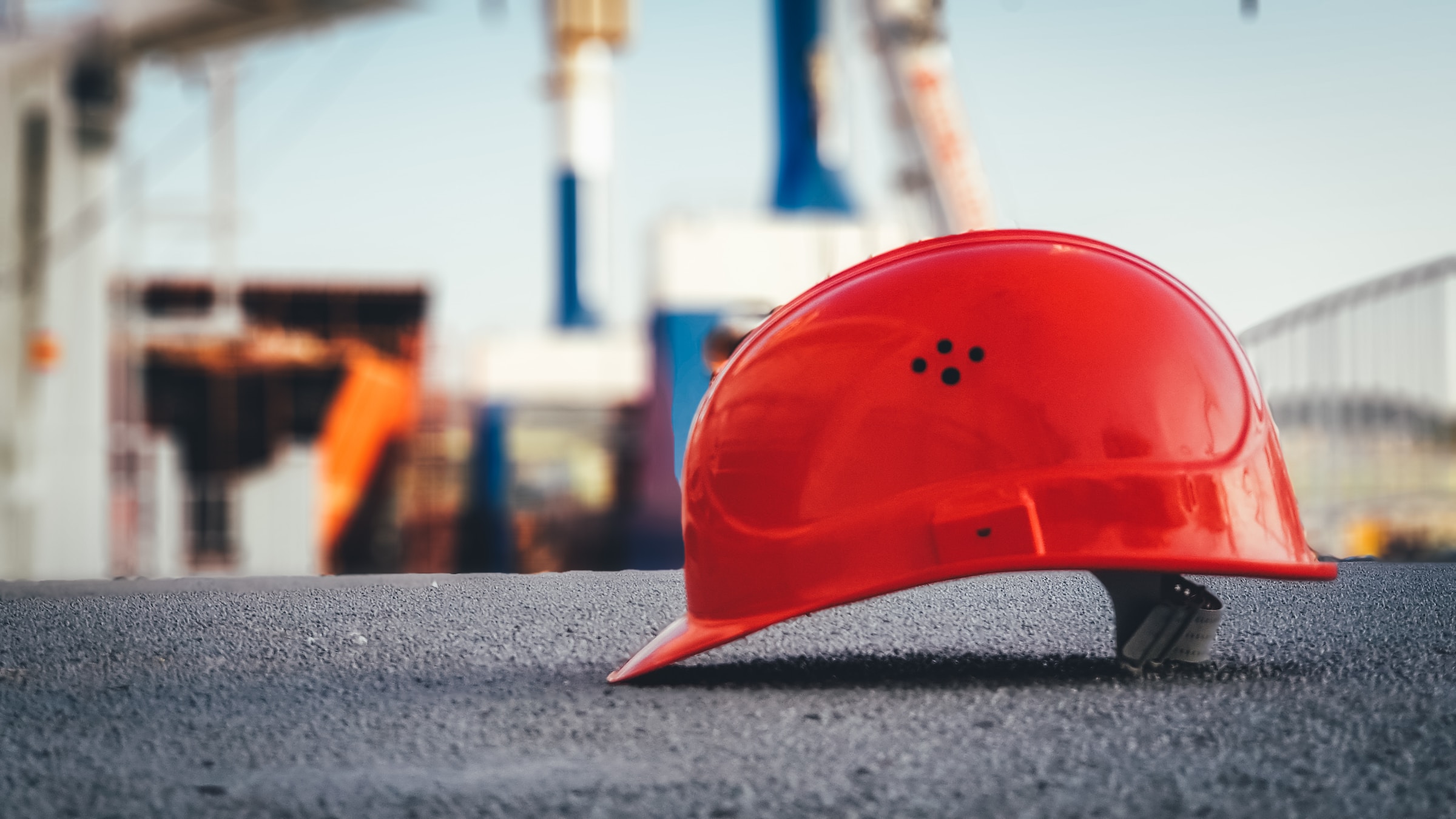Media Services: Broadcasting Around The World From LInC
By: Eric J. Gleske - Television Production
Posted on: February 10, 2022
Waiting for me every morning in my email inbox is OSU Today, a daily email collecting bits and bobs about OSU – events, opportunities, and my favorite, Today in the News Media. It shouldn’t come as a surprise that our faculty are often featured across the news media, either to tell the story of their work, or to use their background and expertise to help explain a subject through the media.
Looking through OSU Today in the first week of the year, I found Christopher McKnight Nichols providing an historical comparison of the 1918 influenza pandemic and our modern omicron surge; Mas Subramanian explaining the story of the discovery of YInMin Blue in his lab; the Oregonian/Oregonlive leaning on our Extension Service to offer winter gardening tips. This is not the definitive, conclusive list of media appearances, only a few things that caught my eye. You can find more every day in your inbox, or online at https://today.oregonstate.edu/email.
Nichols and Subramanian caught my eye because these two have been guests in our broadcast audio booth a number of times over the years. Here in Media Services, we have been providing high-quality broadcast audio connections for decades. These connections are valuable to broadcasters all over the world, and equally valuable to those of us working to get our stories out there. Nichols, who professes history here at OSU and leads the Center for the Humanities, says, “I definitely prefer being in the studio. I think, number one I sound better, it seems more professional; and number two, most of the best, syndicated shows ask for it.”
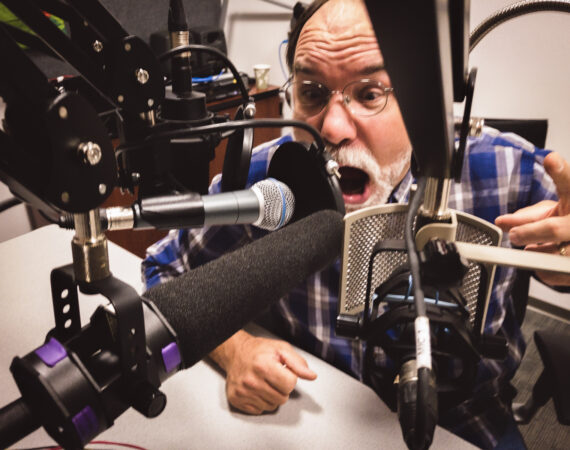
“From time to time, I get called in to do an interview, such as with the BBC, all the way across the world,” says Tracy Daugherty, an Emeritus Distinguished Professor from the College of Liberal Arts. “To be able to make a phone call and just walk across the street to this wonderful studio and have everything taken care of for me, it relieves the stress, which, you know, is considerable when you’re being interviewed by a stranger.” According to Daugherty, while talking on a panel for the BBC about Joseph Heller can be, “stressful and nerve-wracking, to have all of the atmosphere and the technical elements taken care of it’s such a great relief. I mean, this place is so state-of-the-art I don’t know what any of it is. But – I don’t have to, which is great.”
Nichols added, “The more I’ve done this, the more I realize how much the sound quality really matters.”
Annie McEwen is a producer at WNYC who explained the importance of quality sound this way: “Sound is what we are. We are nothing BUT sound.” She was talking with Robert Pittman for a future episode of the NPR’s Radio Lab recently using our studio for what’s known as a phone sync. “The fact that I can get you guys to record Robert Pittman with his beautiful voice, fully expressed with this beautiful microphone in this sound canceling space where I know a dog is not going to bark or a fridge door isn’t going to open or a neighbor’s not gonna knock on the door is EVERYTHING.”
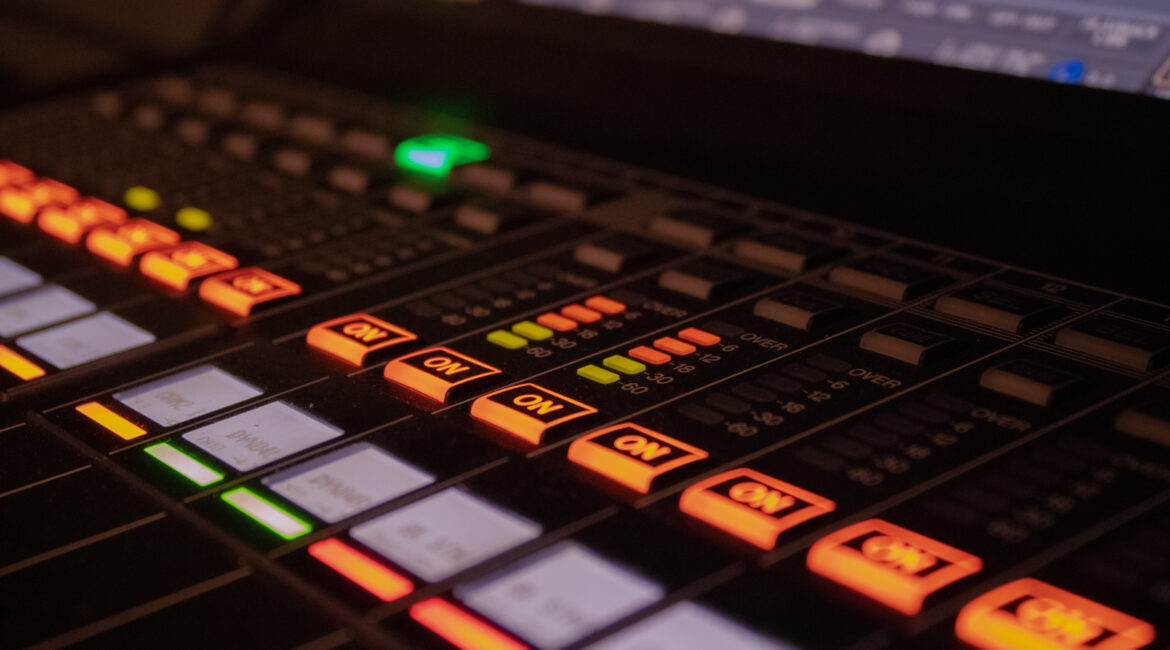
In my time here, I’ve made connections with broadcasters on every continent except Antarctica. In addition to being a quite space for recording interviews, we also have IP audio technology that allows us to put guests for BBC, CBC, NPR stations, and a good number of podcasters “live” in their studios. A regular connection over the years has been with Oregon Public Broadcasting. Each weekday at noon they broadcast a live program, Think Out Loud, from their Portland studios, and often rely on expertise from OSU faculty to tell the story.
“We end up inviting a lot of OSU professors to the show,” says Allison Frost, a senior producer with OPB. While they don’t use OSU experts because of our studio connection, “an additional benefit is that we know we can use the OSU studios, and it’s going to have that great in-studio quality sound.”
During the COVID isolation, it was particularly difficult for broadcasters. Yes, folks could easily Zoom in from their own homes, and there were always cell phones available for phone calls, but the sound quality is not the same. McEwen laments, “We were doing interviews in our rooms, our subjects were on Zoom recording themselves with tinny little microphones or the microphone that was in their computer, and the sound quality just plummeted.” It’s not just the sonic quality of a radio program that suffers; it impacts the message their guests brings to the story. “There’s something about good sound that brings the speaker close and makes that person intimate.” McEwen adds, “they are in your head, they’re with you, they’re telling you the story in these clear tones and that makes all the difference because no matter how good the story is, if the recording is garbage, it’s just not going to be a good story no matter what.”
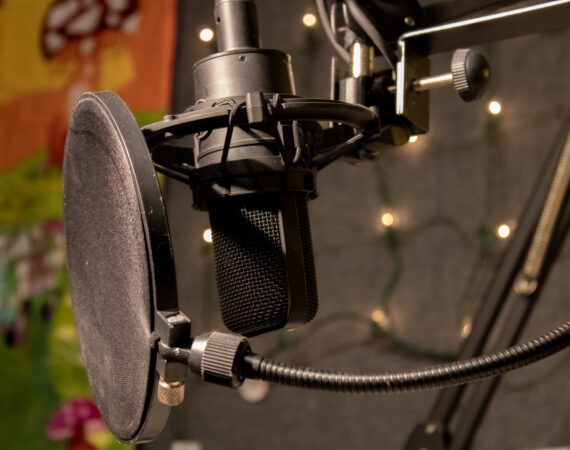
Frost agrees. “It’s one thing to get the information out and that is the most important thing, but if you’re getting it out on a crackly phone line and it’s hard to hear… you may just turn that off. Whereas if you can hear it, and then you get the opportunity to get hooked and get engaged and, and then – who knows – maybe do something in your community based on the information that you’ve that you’ve gathered.”
If you get asked to contribute an interview to a story or a live broadcast, make your connection through Academic Technologies. You’ll sound great, and your message won’t get lost in the noise of a phone connection.
Recent Posts
Streamlining Digital Signage
In today's fast-paced world, the education sector is continually evolving to meet...
Read MoreSummer Projects in Teaching and Learning Spaces
We are pleased to share some of the highlights of our Classroom...
Read More
